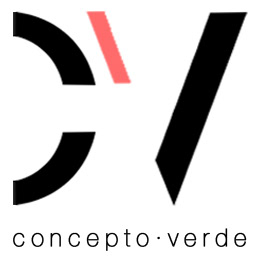PUERTO DE MONOPOLÍ
Fondazione Biennale di Venezia, Sensi Contemporanei, Premio di Architettura Portus
Año: 2006
Estado: Concurso primer premio
Diseño: Urbano
Localización: Italia
Año: 2006
Estado: Concurso primer premio
Diseño: Urbano
Localización: Italia
Monopoli has always had a close, profitable relationship with the sea. During the last century, this relationship was compromised by establishing industrial settlements which occupied vast areas of the coastline close to the old city center. The town expanded and turned its interest away from the sea and went against its historical and geographical vocation. The presence of areas that have been in disuse for decades calls for an integrated system capable of recreating a relationship between the regions themselves and the nearby sea and town.
Intervening in such a large area when the town is relatively small, implies having to redefine what role the town plays in its regional context. By adding functions that are of regional, or even national value, the city attracts new investments, improves its professional image, renews its image, and increases its cultural importance. The project proposes that the abandoned industrial buildings, which are in an advanced state of decay, be taken down, except for the central core of the cement works which is to be refurbished and the two chimney stacks conserved as a landmark.
The strategy is to split the interventions into various project layers per functions, attractors, routesand access, and diversification of the waterfront:Functions: The functions are distributed in strips running parallel to the coastline. Their placement is influenced by their greater or lesser relationship with the sea. The choice of these functions was determined by two criteria as follows: maintaining and reinforcing the existing activities related to the sea; and adding functions able to revalue Monopoli’s role in the regional context. Attractors. Selected structures are to be inserted in the area which is very large and capable of offering a wide variety of functions to attract many different users
The core of the project is a large urban park crisscrossed by a network of routes and walkways. It interfaces with an integrated system of public areas. Traffic is limited to those necessary to supply the production areas of the town. Car parks are located at the extremities of the main access routes into the town and are calibrated in accordance with the intensity of the traffic in the various areas. Diversification of the waterfront: The waterfront is presented as a continuous line connecting the old town center to the most northerly coastal point. It modifies and mutates in accordance with the type of functions it encounters. The result of these interventions is to reactivate the links between the city and the sea by creating an area that becomes a vast magnetizing hub.
